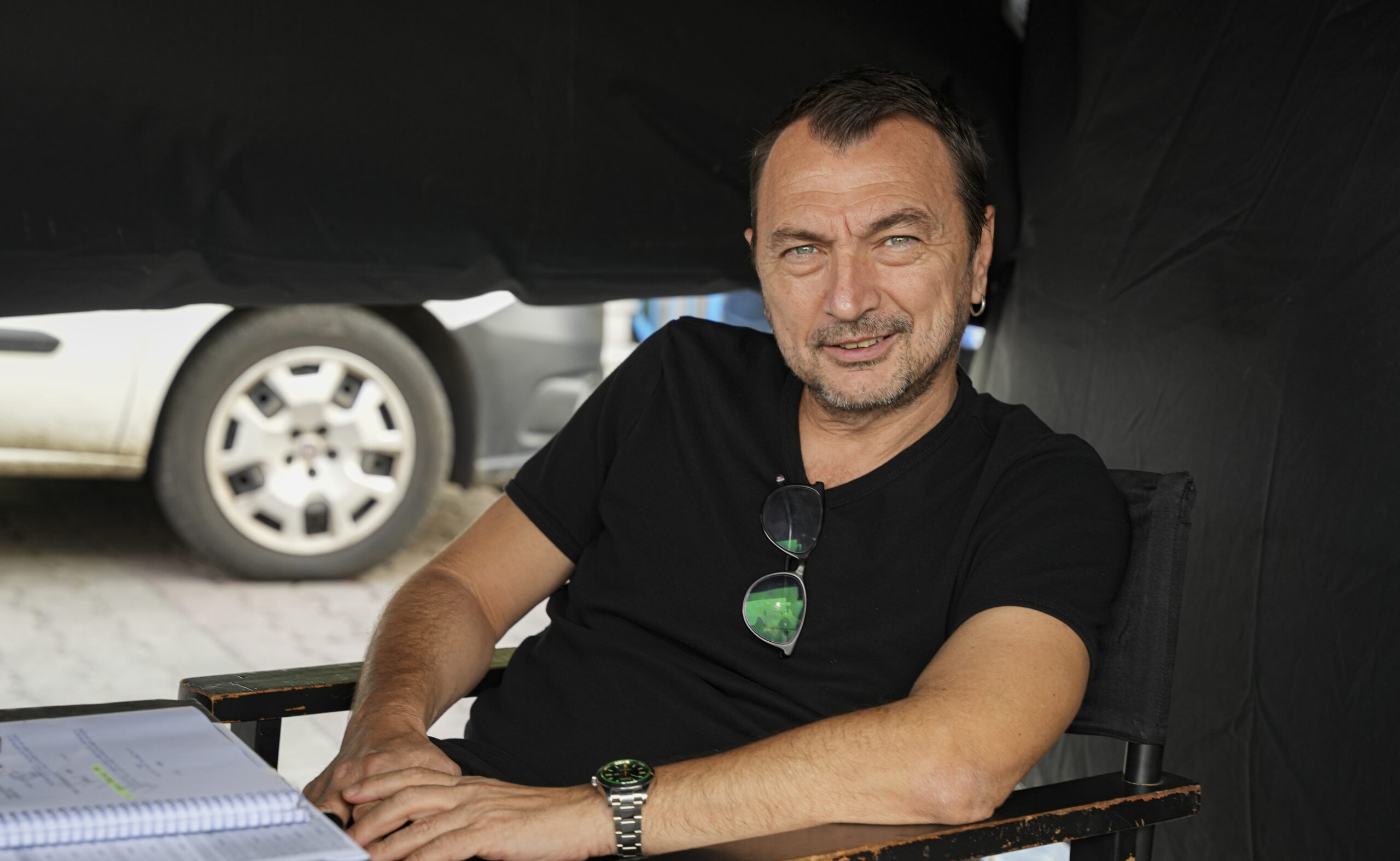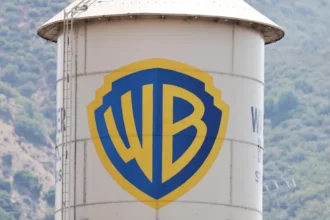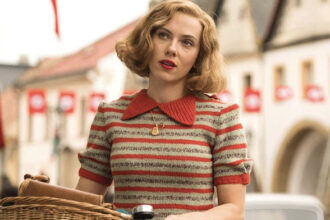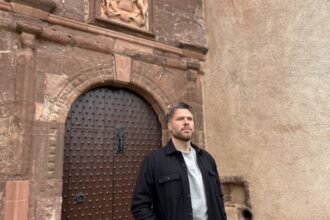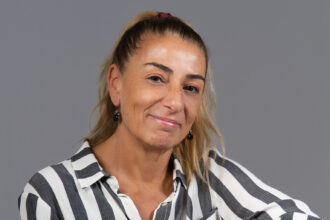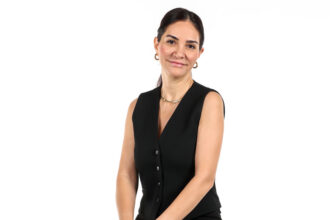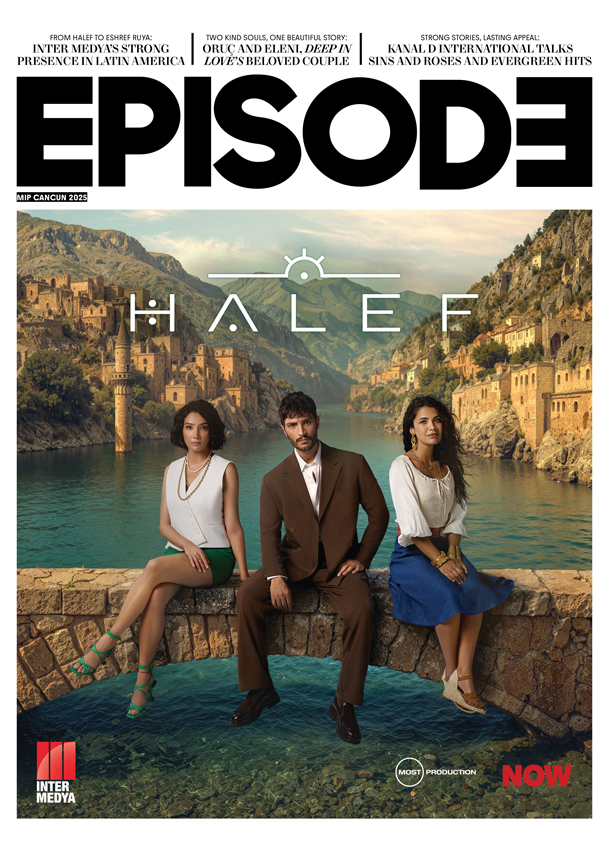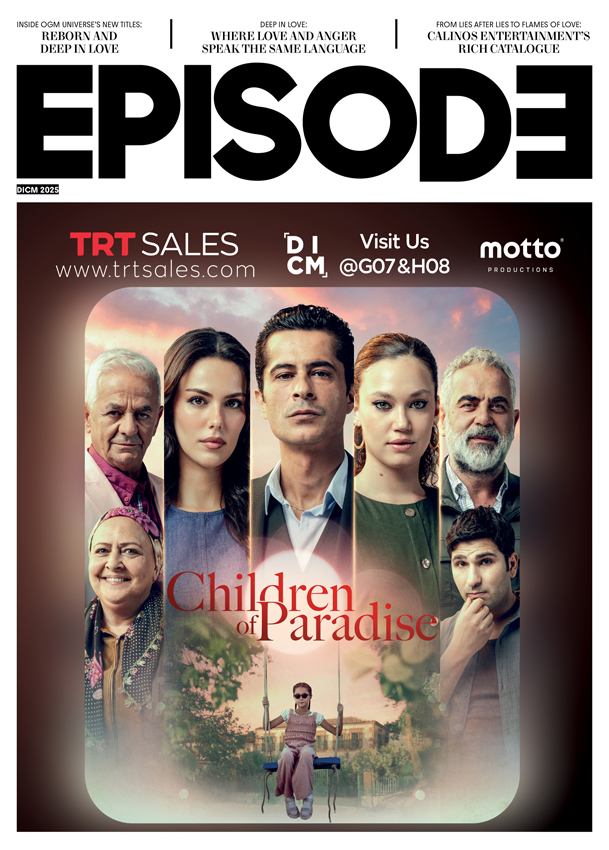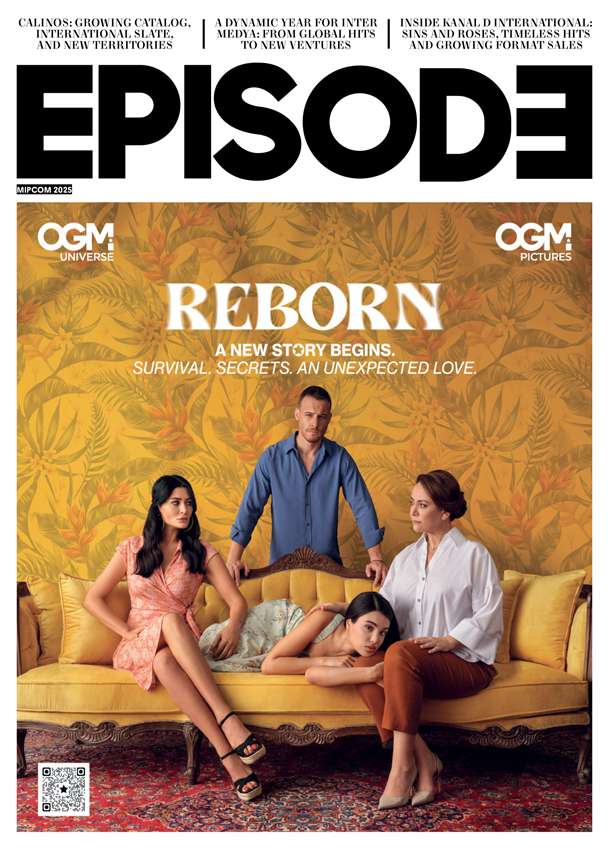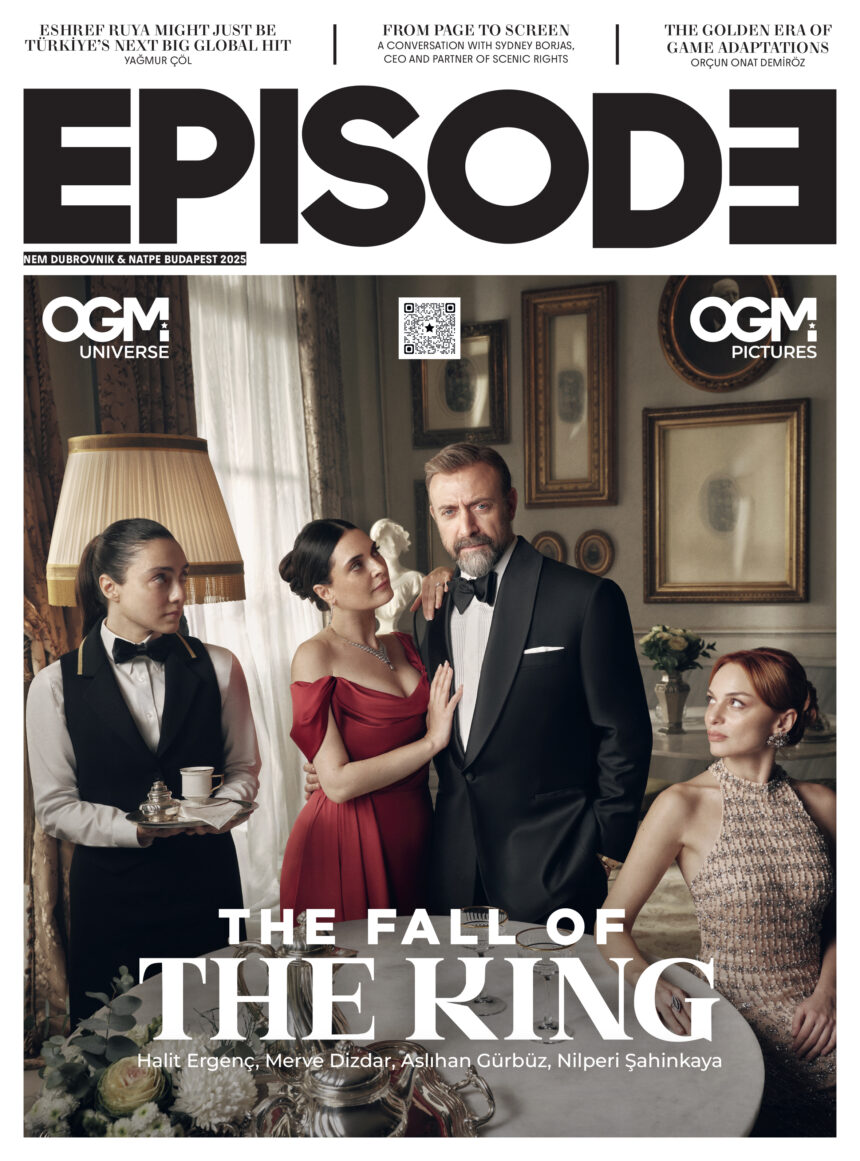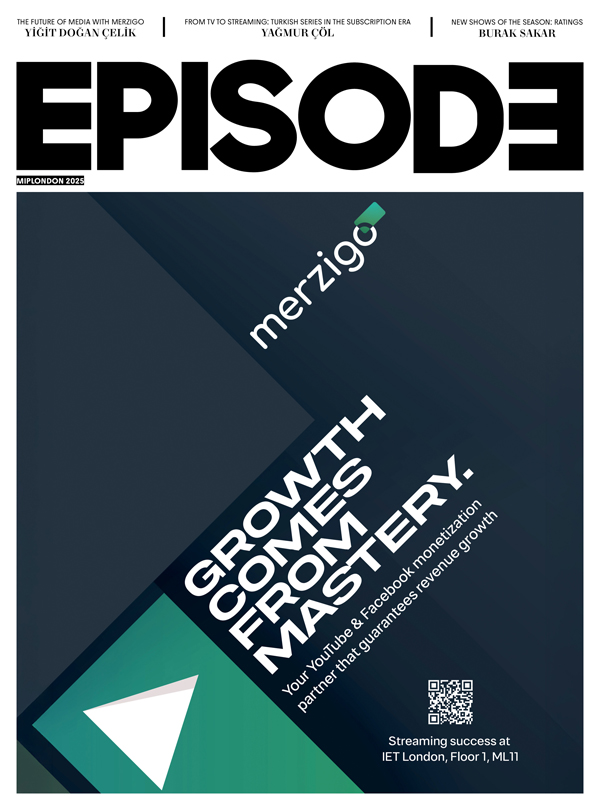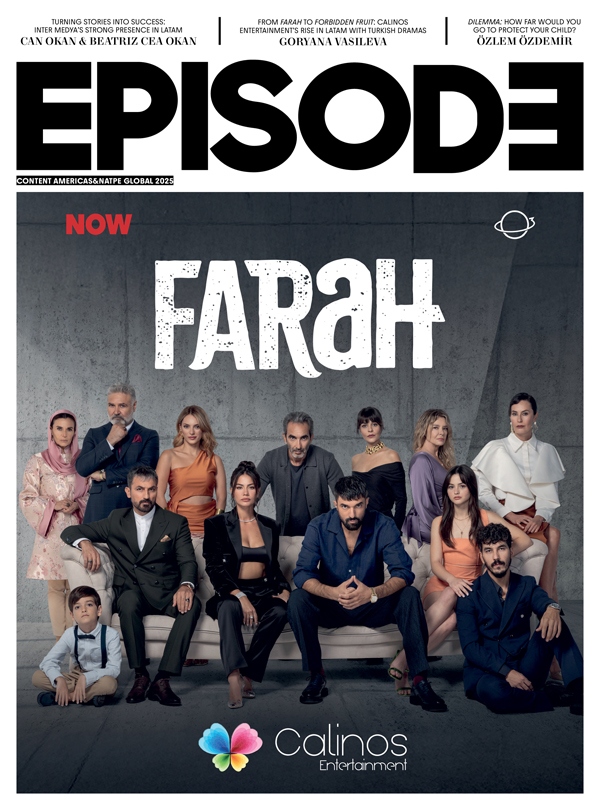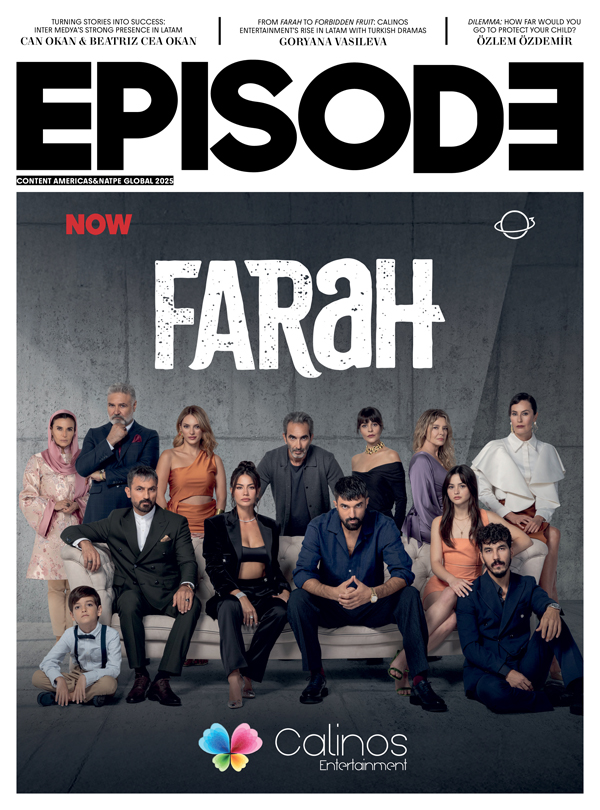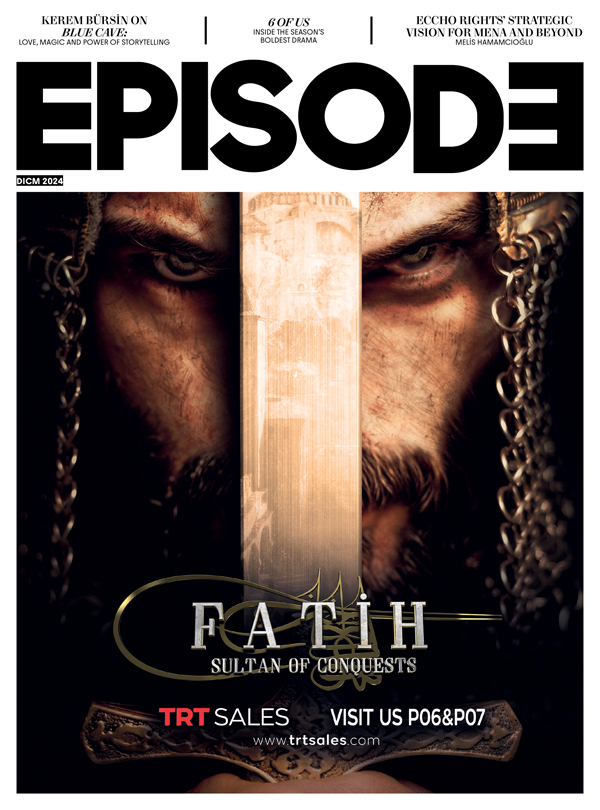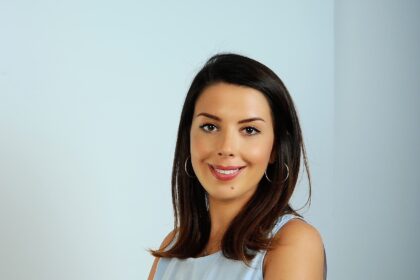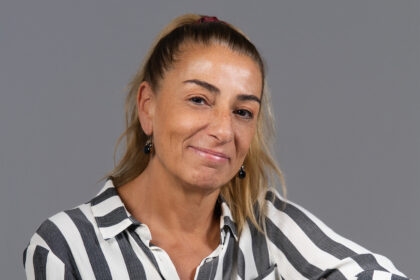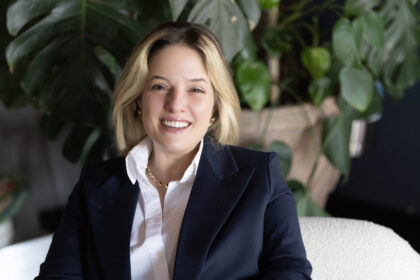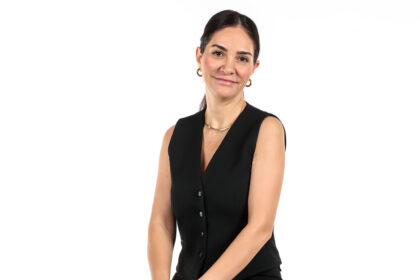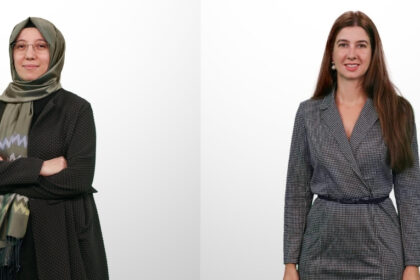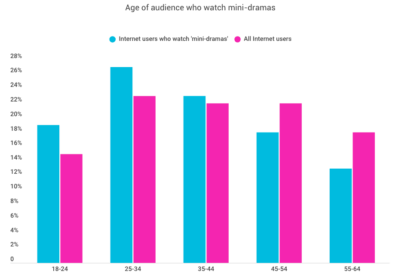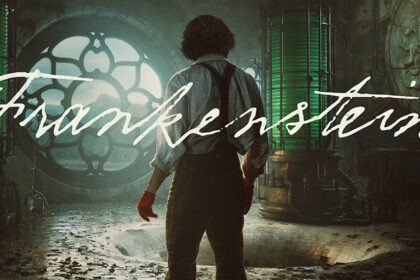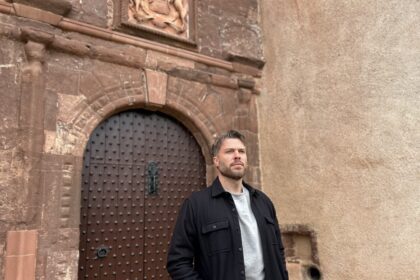TİMS&B’s new series on Netflix, Old Money, premiered on October 10th. Directed by Uluç Bayraktar, the production stands out not only with its story but also for its cinematography. We met with director Uluç Bayraktar before the series premiere and discussed a wide range of topics, from the pre-production process to its visual atmosphere.
Hi Uluç, first of all, congratulations. The result is a work that is as remarkable for its cinematography as its script. Could you share your pre-production process with us?
Uluç Bayraktar: Hello, thank you very much. As with every project, we undertook a meticulous pre-production process when starting the project. Because Old Money is a unique work in terms of its atmosphere, characters, and the story it tells, we prioritized building the story through the visual world as much as the script. After the script was finalized, we met with our screenwriter, Meriç Acemi. Meriç explained the world she’d created. We discussed the characters’ backgrounds, relationships, and their place within the story. We then met with our director of photography, Feza Çaldıran, to discuss how we’d create the visual world.
Afterward, we selected locations, which, in my opinion, are the most crucial pillars of this story. Because the relationship between locations and characters is crucial in this project. We also conducted rehearsals with actors Engin and Aslı, particularly before the set. This practice allowed them to connect with the character. And this made us feel much more comfortable on set. In short, the preparatory process plays a significant role in why cinematography is as important as the script.
Because Old Money is a unique work in terms of its atmosphere, characters, and the story it tells, we prioritized building the story through the visual world as much as the script.
Could you tell us a little about the casting process?
Uluç Bayraktar: Old Money is a character-driven project with a multilayered narrative. Therefore, the casting process wasn’t just about casting for us. It was about understanding the spirit of the story we were telling and finding the right actors to bring it to the screen. In this sense, working with actors like Aslı Enver and Engin Akyürek in the lead roles added great depth to the story. I think we created a great energy when Aslı’s elegance and Engin’s balanced introspection and emotional world combined. We followed the same approach throughout the entire cast selection process. Their ability to convey the emotional resonance of the role was as important as their acting skills.

I think the casting of the series was quite successful. Engin and Aslı especially fit their roles perfectly. What kind of process did you go through working with the actors?
Uluç Bayraktar: Not just Aslı and Engin, but all of our actors did a fantastic job. Aslı and Engin hadn’t met before. The chemistry between them needed to be established quickly and effectively. Therefore, we conducted a thorough preparation process before the two even got together on set. It wasn’t just about stage work; it was about getting to know each other through character, thinking together, and finding harmony. I think this was directly reflected in the scenes.
You’ve been working with TIMS&B for a while. So, what happened when you were first approached about this project? How did you get started?
Uluç Bayraktar: Timur and I have known each other for a long time. I was an assistant on the series Asmalı Konak, and Timur was a producer. In that sense, I didn’t feel out of place. What struck me when the project first came to me was the multilayered story and the depth of the characters. I was also drawn to the fact that it was a story unlike anything I’d told before. I’d never done this kind of romantic thriller before. It was a good experience for me, too.
Due to the series’ mansion-based setting, we were quite satisfied with the views of Istanbul and the Bosphorus. ☺ When a friend asked, “Why do we usually see İstanbul from a bird’s eye view in TV series?”, I realized that’s true. I learned that this was due to the difficulty of filming in crowded areas and the fact that so many parts of the city are covered in signs. Lately, we’ve been seeing İstanbul being portrayed more, especially in digital productions. What are your thoughts on this? We have truly incredible material, and you’ve added a beautiful touch of İstanbul to the project.
Uluç Bayraktar: İstanbul is one of the most beautiful cities in the world for filmmakers. On the one hand, it has incredible aesthetics and history, but on the other, it has uncontrolled crowds, chaos, and uncertainty. As you said, for the story we’re telling in Old Money, İstanbul, the Bosphorus, and the mansions were our main locations. This created a beautiful, rich, and aesthetic atmosphere that aligns with the spirit of this series. I’m very happy about that. But I also love that other side of İstanbul: the crowded streets, the signboards, the chaos of Eminönü and Karaköy, the bustle of İstiklal Avenue. While filming there can be challenging, it feels more natural and organic because it’s so close to real life.
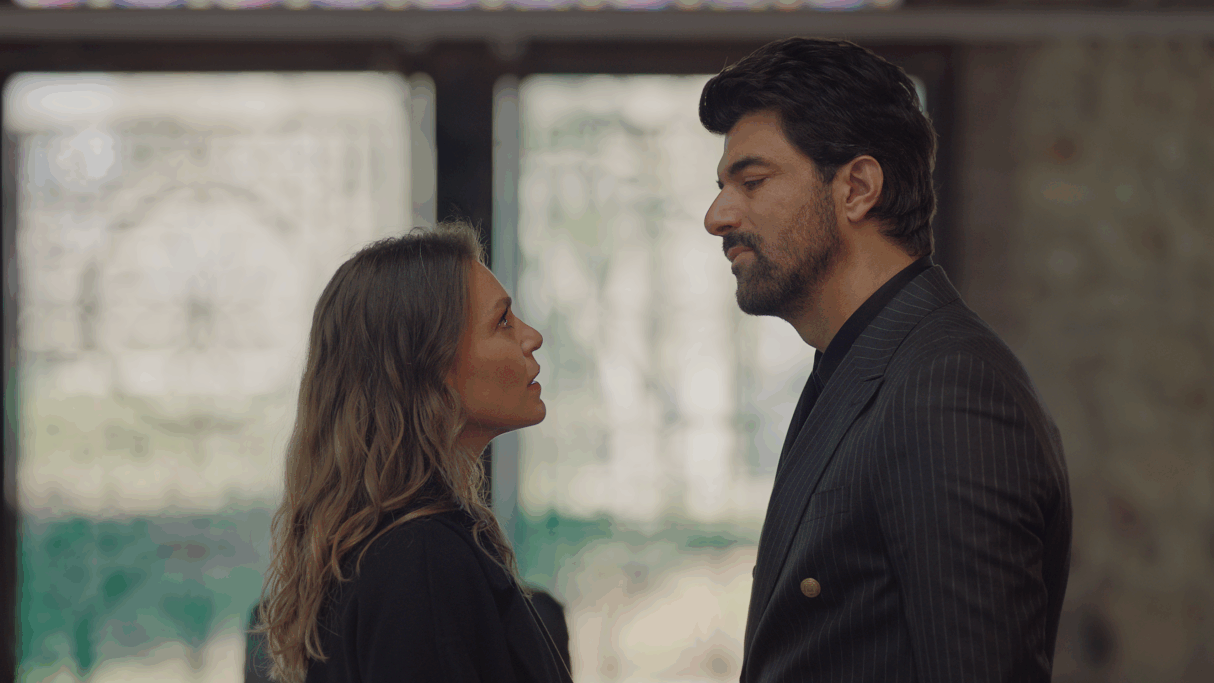
The series is, as the name suggests, Old Money. That old money atmosphere is also reflected very well in the show’s visual world; Nihal’s world, Osman’s world, the house that reflects Engin’s character, they all reflect the characters so well. How did you work on the show’s visual world?
Uluç Bayraktar: As is well known, old money isn’t just about being rich. It’s a lifestyle. It’s a status passed down from generation to generation. New money, on the other hand, is wealth acquired later. Our story tells a romantic story as well as the clash between these two concepts. One involves hard work, the other inheritance. The series can also be interpreted as a clash between these two. Osman’s family has a beautiful house, but they have a house somewhere up in the hills. It’s not by the sea, not a mansion. Nihal’s family’s mansion, however, is a very old and historic mansion. Engin’s historic mansion has been in Engin’s family for four or five generations. That’s why Osman is trying to buy Nihal’s mansion. Osman’s family doesn’t have a mansion; they have houses. The conflict between old money and new money is also explored through the series’ locations. I hope we were successful in doing that.
I took special notes while watching the series’ music, and I wanted to ask you. Could you talk a little about that?
Uluç Bayraktar: We tried to use the music Meriç Acemi had noted in the script as much as possible. They fit the scenes very well. Ahmet Kenan Bilgiç, who composed the music for the series, also did a great job. Ahmet and I worked on every single scene where we used music. I believe the use of music was very successful. Arzu Volkan, the series’ editor, made a significant contribution to the music. We had already worked with Arzu on the trilogy we made for Netflix (10 Days of a Good Man, 10 Days of a Bad Man, 10 Days of a Curious Man). Just like there, Arzu was the architect of our music work here.
Lastly, I wasn’t expecting the series’ final scene like this at all. ☺ I understand there’s a season 2 coming, is that true? If so, has filming started for the next season? When can we watch it?
Uluç Bayraktar: For now, all our excitement is focused on this season. The Netflix team will make further statements on this matter when the time comes.
Click here to read the interview with Engin Akyürek.
Click here to read the interview with Aslı Enver and Meriç Acemi.






